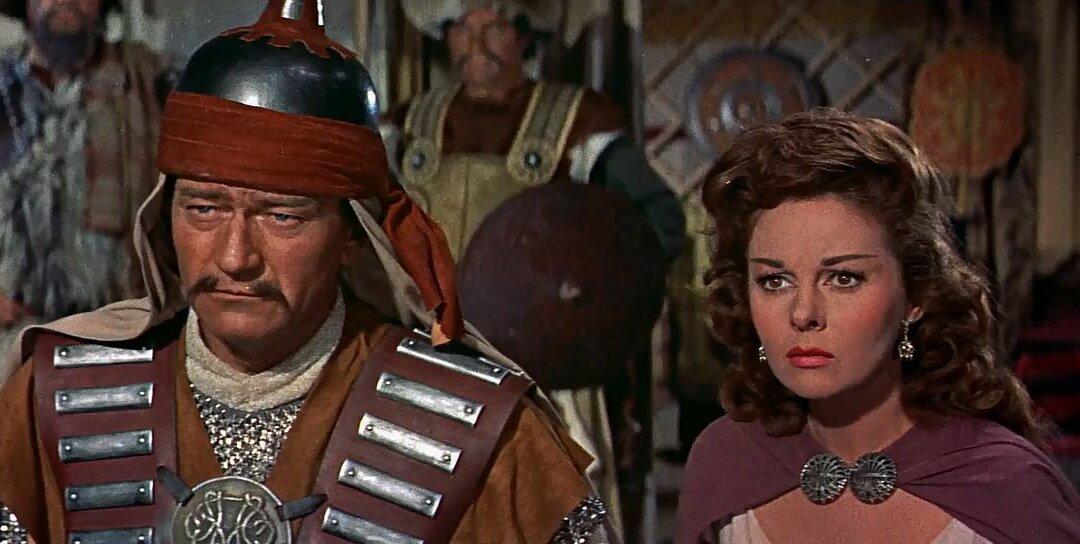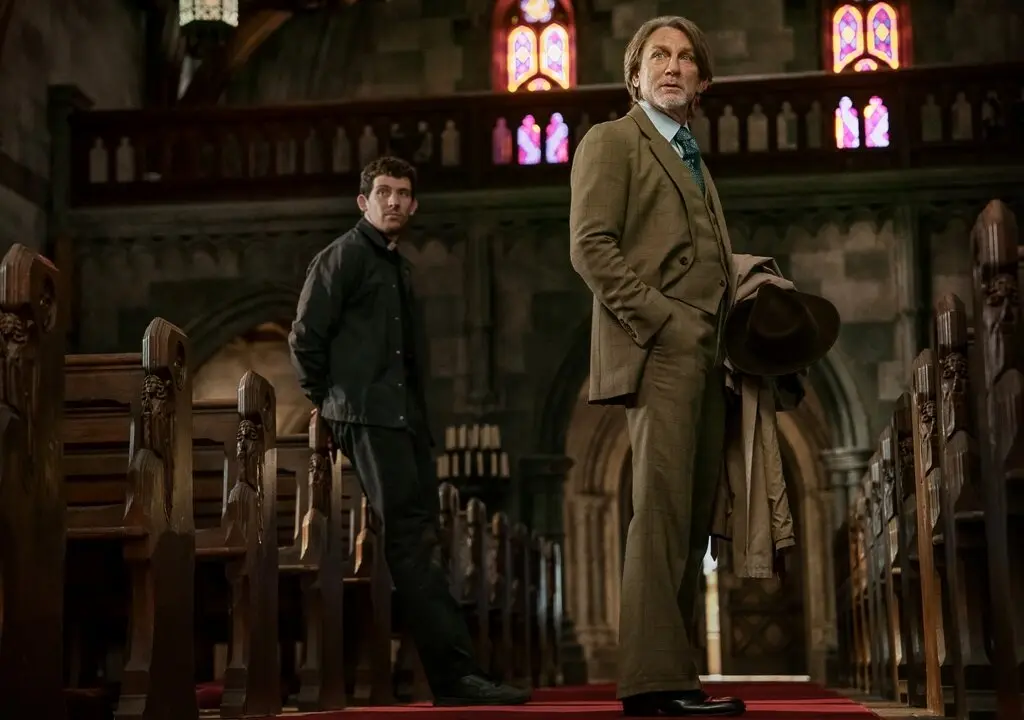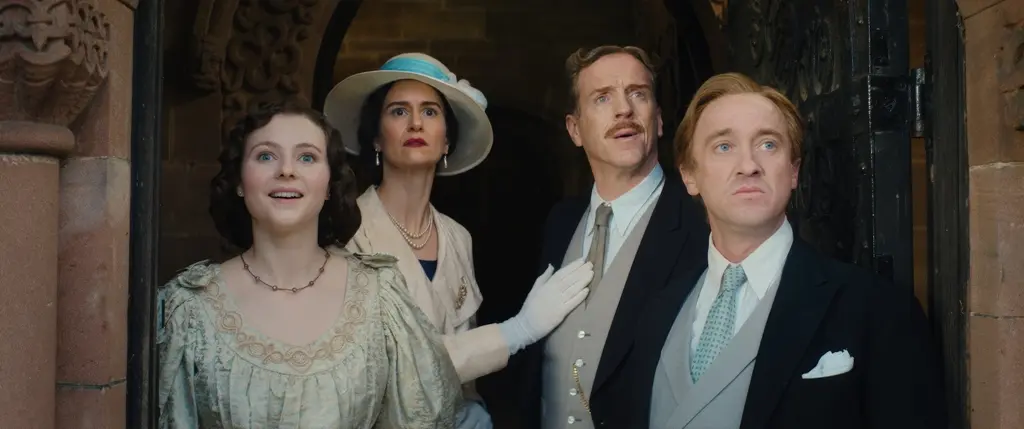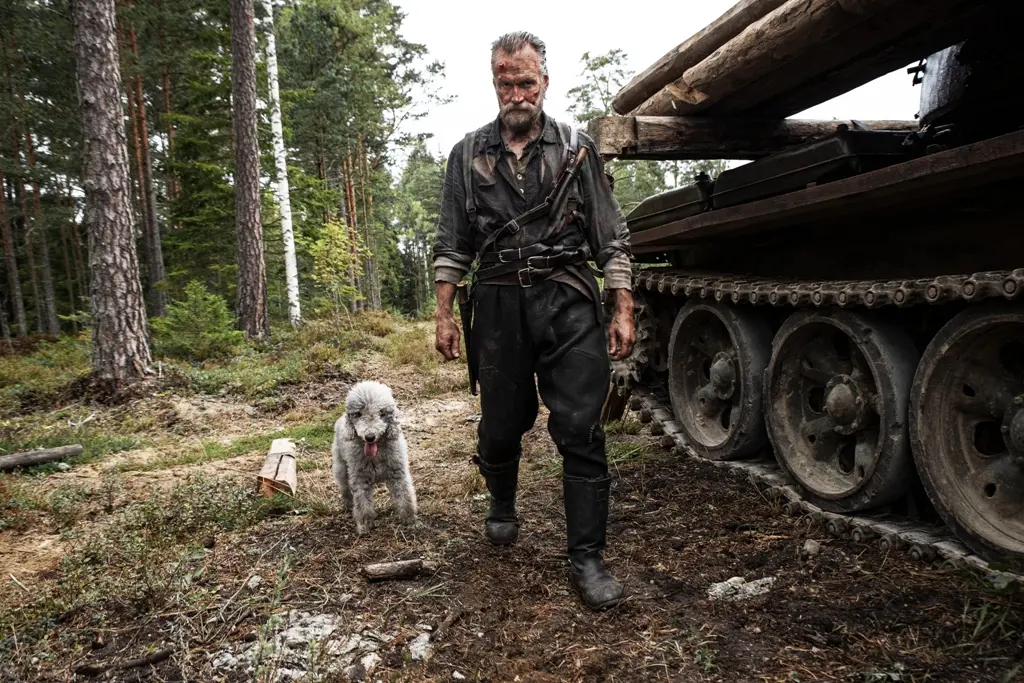NR | 1h 56m | Documentary, Film History | 2024
“The Conquerer,” the final feature produced by Howard Hughes, initially achieved infamy for being one of the most poorly cast films in history. It will now forever be remembered for what went so very wrong behind the scenes.






